When it comes to athletic knee injuries, a tear or rupture of the anterior cruciate ligament (ACL) is quite common. Because ligaments are responsible for holding your bones together at the joints, a damaged ligament can cause joint instability and reduced performance.
In your knee, the ACL is one of four ligaments that attach your femur to the patella (knee cap) and the tibia, or shin bone. The ACL helps prevent the tibia from sliding out in front of the femur and provides rotational stability during physical activity. During sports, the knee is subjected to high force loads that demand a strong and stable joint. An injured ACL can undermine your confidence during play and set you up for further injury.
or
With over 15 years of experience treating athletes, Dr. Kalika is recognized as a world-renowned expert on return to sport after ACL rupture. By incorporating the world’s most advanced research-grade technologies into NYDNRehab’s growing movement analysis and retraining lab, Dr. Kalika has created the most technologically advanced and comprehensive approach to ACL rehabilitation in New York City. Dr. Kalika’s credentials include Certified Biomechanist, Certified Gait Analyst, and certification in Dynamic Neuromuscular Stabilization (DNS). Recent technologies added to the NYDNRehab toolbox include electromagnetic transduction therapy (EMTT) and blood flow restriction training (BFRT), for accelerated healing and return to sport.
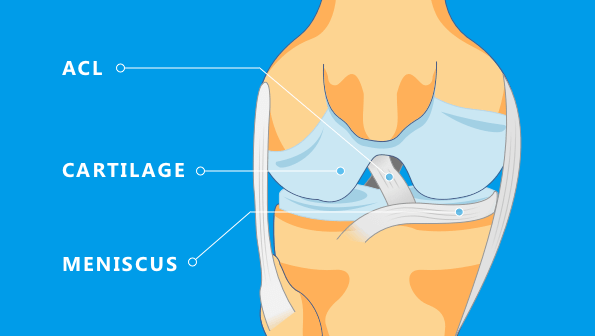
In addition to athletic trauma, the ACL can become damaged due to wear and tear associated with aging and physical inactivity. About 50 percent of the time, a knee injury involves damage to multiple structures, including cartilage, meniscus, ACL and other ligaments. Although knee injuries are common in contact sports like American football, about 80 percent of ACL injuries do not arise from contact with another player.
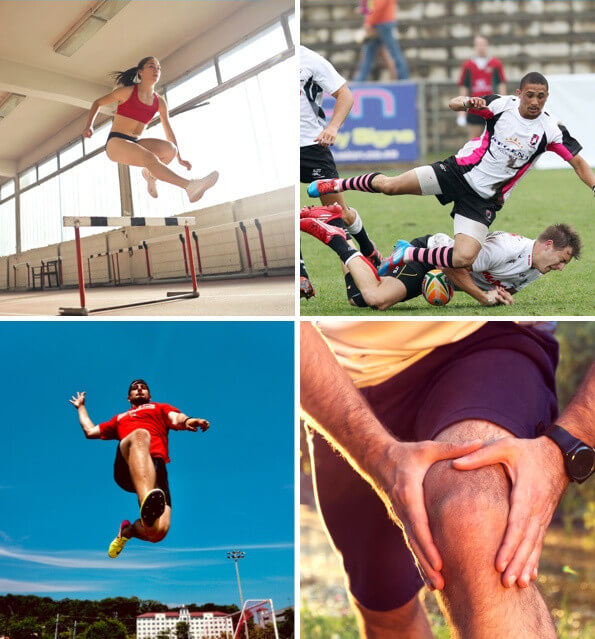
Causes of ACL injury include:
Pivoting or rapidly changing directions on a loaded knee
Single-leg landing from a jump
Stopping suddenly while in play
Female athletes are at four to six times higher risk than male athletes due to anatomical and hormonal factors
A previous ACL injury increases re-injury risk by about 15%
Sports with the highest risk of ACL injury include basketball, soccer, American football, volleyball, downhill skiing, lacrosse, and tennis.
When you tear your ACL, you are likely to feel a “popping” sensation followed by the feeling of your knee giving way and extreme pain. Ligament injuries are considered sprains, and are categorized by severity.
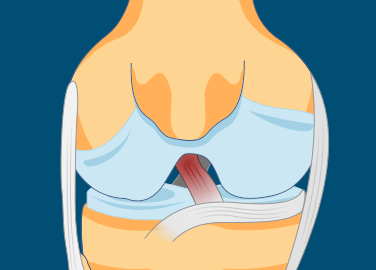
Mild damage, with slight stretching of the ligament, but it is still able to provide stability.
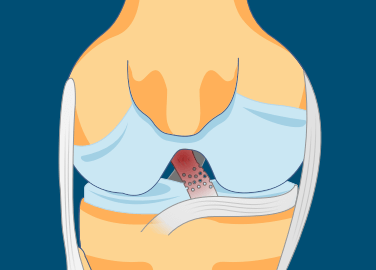
The ligament is stretched to the point where it becomes loose, compromising stability, often called a partial tear.
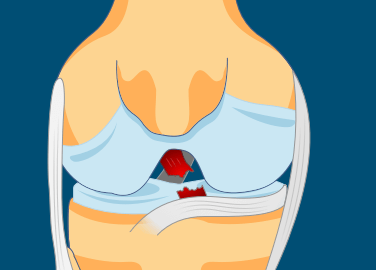
A complete tear of the ligament, splitting it in two, making the joint extremely unstable. The majority of ACL injuries are Grade 3.
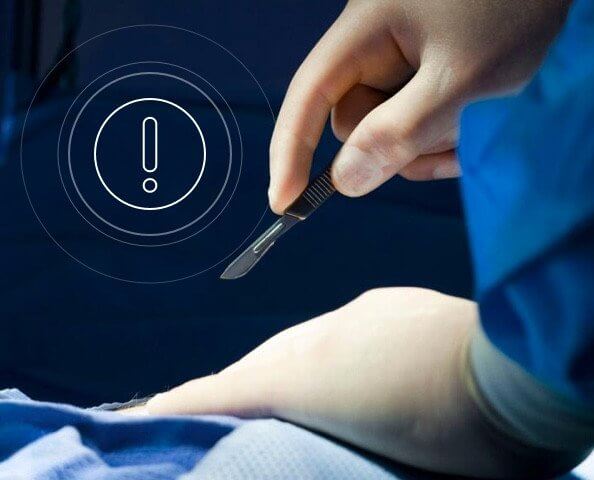
After an ACL injury, athletes who want to return to their pre-injury level of play are often told to get surgical reconstruction. However, ACL reconstruction (ACLR) neither promotes normal knee function nor reduces the risk of re-injury.
Moreover, only about half of athletes undergoing ACLR successfully return to competitive play, and of those, up to 20% experience a second ACL injury within the first year. In addition, athletes who undergo ACLR have an increased risk of experiencing osteoarthritis at an early age.
Rehabilitation is key to recovery and return to play, but not all rehab programs are created equal. Many fail to address the importance of motor learning to restore motor skills, and enhanced capacities of neuroplasticity to prevent re-injury.
Integrated motor learning principles not only improve functional performance, but also support neuroplasticity to reduce re-injury risk.
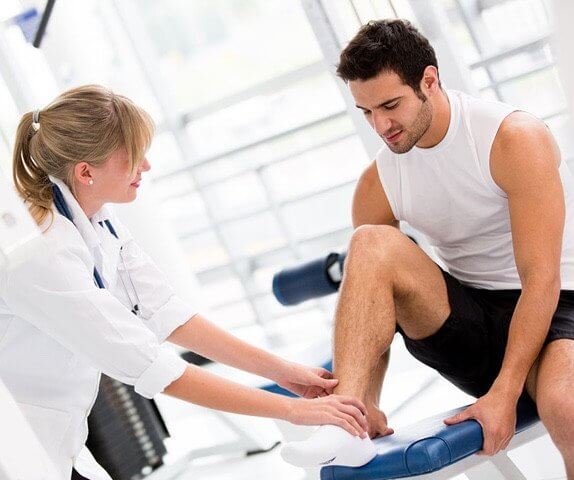

During play, an athlete must be continually aware of activities in the surrounding environment. Traditional ACL rehab focuses on training the muscles that surround and support the knee, keeping the athlete’s focus on the injury. EFA directs the athlete’s attention to movements in the environment, to promote automatic processes, resulting in more efficient movement and greater quadriceps voluntary activation.

Rather than following explicit instructions, implicit learning uses visual imagery to help the athlete “feel” each movement, prompting a more automatic motor response.

Each athlete is unique, with distinct strengths and limitations, By performing a variety of motor patterns, the athlete is able to find motor solutions that works for them, within the context of their own limitations, skills and environment.

Empowering the athlete with some control over exercises and feedback during rehabilitation can greatly facilitate motor learning.

Interference during practice can lead to higher skills learning, yielding better retention and transfer performance.

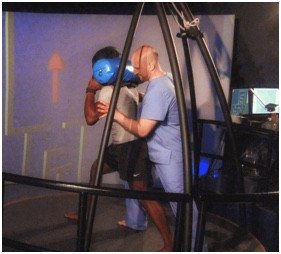
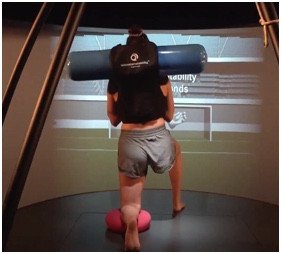
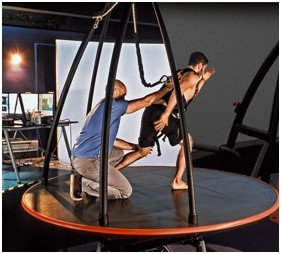

Although MRI provides superior imaging for the ACL, ultrasonography is extremely useful for rehab guidance in multiple ways:
Please explore more advanced diagnostic option unavailable anywhere else:

Many people assume that surgery is the best solution to resolve ACL injuries. However, research has shown that outcomes from surgery are often no better in the long run than conservative ACL physical therapy. Moreover, surgery may provide structural repair, but it does not address underlying mechanical issues that may have contributed to the injury.
Athletes in particular need both physical and psychological rehabilitation, to restore confidence and reduce the risk of future injuries. If you do undergo surgery, you should seek the best post-surgery ACL tear physical therapy from a qualified sports medicine professional.
At NYDNR, we take your return-to-sports and post-ACLR therapy very seriously. We offer a broad range of individualized treatments and cutting edge physical therapy for your torn ACL, based on research-grade testing, including:
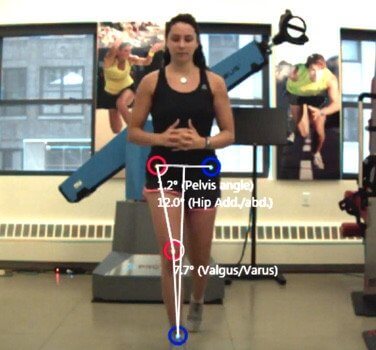
3D motion capture force plate technology to assess and correct mechanical errors
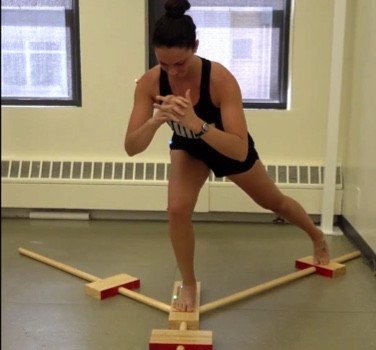
Contextual rehabilitation to retrain your brain-body connection
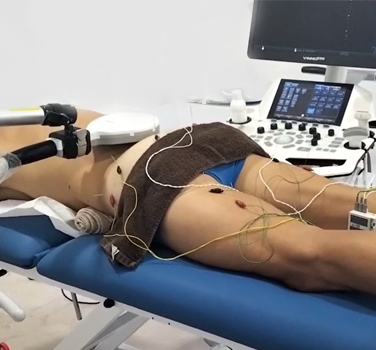
One of the undesirable side effects of an ACL rupture is muscle atrophy and reduced strength in the quadriceps. Percutaneous functional neuromodulation (PFN) is a new methodology for pain control and muscle recruitment training to help restore quadricep strength and function.
Retraining muscle activation patterns is critical for improving and restoring muscle function. PNF works by delivering electrical signals that activate the nerve, creating a biochemical reaction at the neuromuscular junction that essentially rewires the nerve-muscle connection. PNF is also one of the best noninvasive pain management tools available for ACL physical therapy and rehabilitation.
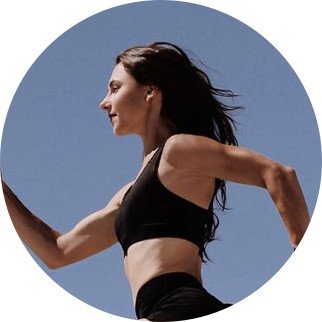
The sports medicine team at NYDNR is dedicated to making you 100% ready, physically and psychologically, to return to play with confidence and minimal risk of re-injury.
Today, sports are becoming one of the main causes of injuries all over the globe. This is especially true for the lower limbs like the knee. That is because sports have a tendency of rupturing the Anterior Cruciate Ligament, or ACL as it is commonly known as. Once the ACL is destroyed, though, this can lead to all kinds of short and long term disability problems. To combat this issue, it is crucial for individuals to get the proper ACL sprain treatment they need.
Before explaining what types of sprained ACL treatment plans exist, it is important to discuss what exactly this ligament is and why it’s so important. The ACL is a wide ligament that connects the anterior tibial plateau to the posterior femoral intercondylar notch. The ACL is made up of many different non-parallel fibers, with each serving a unique purpose from one another. There is the anteromedial, posterolateral and intermediate bundles to name a few. Of course, the fiber lengths and rotations brought upon by flexion varies from one movement to the next.
However, as far as what purpose the ACL serves in the body, there are so many to talk about. For starters, the ACL holds back the anterior translation of the tiba and stops the hyperextension of the knee. It also behaves as a secondary stabilizer to valgus stress by supplementing the medial collateral ligament. Lastly, the ACL regulates rotation of the tibia on the femur in femoral extensions.
While there can be a bunch of different factors that cause an ACL rupture, the most common reason for this is a strong forceful blow impacting the knee, resulting in a twisting movement. This can either come from a direct hit or an indirect hit. In fact, this may come as a surprise, but around half of the times there’s an ACL injury there was no contact at all. An ACL injury can happen when doing simple actions like side-stepping, landing from a jump or even just pivoting. Obviously, an ACL rupture can happen to anyone if the circumstances are right, but some people are just overall more predisposed to it. In fact, a lot of times patients suffer bilateral ACL tears or this even ends up becoming a familial thing.
Keep in mind, when an ACL is injured, there are various ACL strain treatment plans that when employed will leave the individual in top shape once again. However, to decide which treatment for a torn ACL is best, there are certain factors that have to be considered. These factors are age, functional disability and requirements. That is because there are some people in this world who can survive perfectly fine with a torn ACL. It is these specific factors, though, that can help doctors make a final decision if there should be ACL treatment without surgery or with it. Remember, different surgical problems may arise depending on how old or young the individual is. Besides age, functional disability is also an important factor to keep in mind because there are certain individuals whose knees give out often and then those who have an undiagnosed asymptomatic rupture altogether. Each of these will affect the exact treatment for ACL tear. Then, with functional requirements, it is vital to know if the individual is someone who lives a sedentary lifestyle or if this is a person who is always on the go.
As with any type of injury, each case is going to differ from individual to individual. The overall type of patient, though, will either be able to be treated with surgery on demand or need no surgery whatsoever. However, it is best to get some kind of treatment for ACL tear performed right away to avoid any issues down the line from this injury. While most do need to be operated on, here at NY Dynamic Neuromuscular Rehabilitation, we do not believe that is the only option. There are many long-term therapy programs that can be implemented instead.
Since this is a very serious injury, it is important to note that it won’t heal on its own overnight. To get back in top shape, the patient will need to put in a lot of hard work and have patience. Typically, once ACL sprain treatment is in place, the individual will be repaired in anywhere from six to nine months. However, with our help here at NY Dynamic Neuromuscular Rehabilitation, we will focus on a regenerative ACL tear treatment without surgery. We also offer partial ACL tear treatment and other kinds of similar programs to restore the patient back to their original condition. Unfortunately, too many times in the past, patients do not allow themselves enough time to truly recover. This ends up causing individuals to get re-injured. With NY Dynamic Neuromuscular Rehabilitation by your side, we will make sure that you are treated the right way, the first time around.
We will not only be able to diagnose your ACL tear but also help restore your sprain with treatment for a torn ACL, so that you can function fully again. We will help patients fix any imperfections in their movements, as well as correct any movement that originally led to the ACL sprain treatment. Other than this, the ACL tear treatment without surgery works to make the muscles stronger, so that they don’t leave them self vulnerable to such a sprain. In particular, the quadricepts and gluteals are strengthened. By simply doing these kinds of exercises to build the muscles, patients are preventing an ACL sprain from happening in the future.
The newest ACL treatment without surgery that we’ve been employing here at New York Dynamic Neuromuscular Rehabilitation is biofeedback motor control training. This is the most advanced sprained ACL treatment offered, as it takes real-life force plate analysis into play. From there, we can see exactly how patients are progressing and developing, so that we can make the necessary tweaks and adjustments right away. This helps make the ACL strain treatment as efficient as possible, so that recovery and results can happen quick. Give us a call today to schedule your consultation.
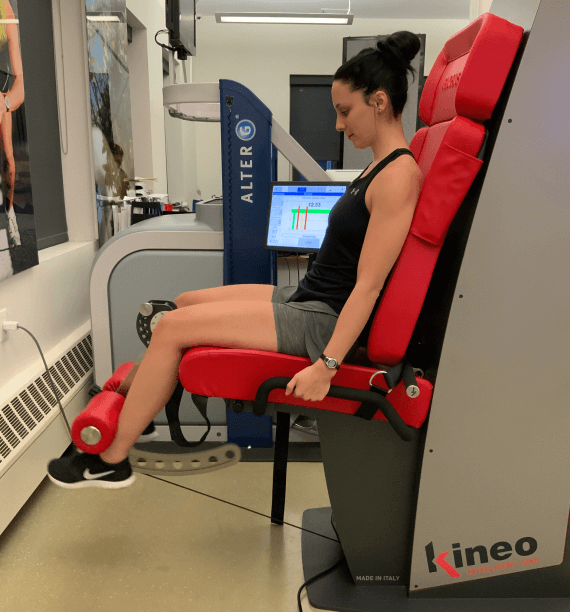

Dr.Kalika has revolutionized ACL injury rehab by using high resolution diagnostic ultrasonography for structural diagnosis, combined with gait and motion analysis technology. The NYDNRehab motion and gait analysis lab is the only private lab in the US to feature research-grade technologies found only in the world’s top research labs, and made available to patients in our private clinic. Dr.Kalika’s modern approach to athletic ACL rehab has put him on the radar of some of the world’s top distance runners, pro athletes and professional ballet dancers.
 Dr. Yuri Brosgol
MD
Dr. Yuri Brosgol
MD
 Dr. Michael Goynatsky
DPT
Dr. Michael Goynatsky
DPT
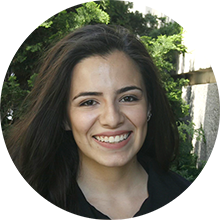 Dr. Daniela Escudero
DPT
Dr. Daniela Escudero
DPT
 Dr. Michelle Agyakwah
DC
Dr. Michelle Agyakwah
DC
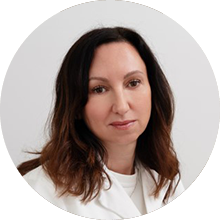 Dr. Tatyana Kapustina
L. Ac.
Dr. Tatyana Kapustina
L. Ac.
Dr. Lev Kalika is a world-recognized expert in musculoskeletal medicine. with 20+ years of clinical experience in diagnostic musculoskeletal ultrasonography, rehabilitative sports medicine and conservative orthopedics. In addition to operating his clinical practice in Manhattan, he regularly publishes peer-reviewed research on ultrasound-guided therapies and procedures. He serves as a peer reviewer for Springer Nature.
Dr. Kalika is an esteemed member of multiple professional organizations, including: